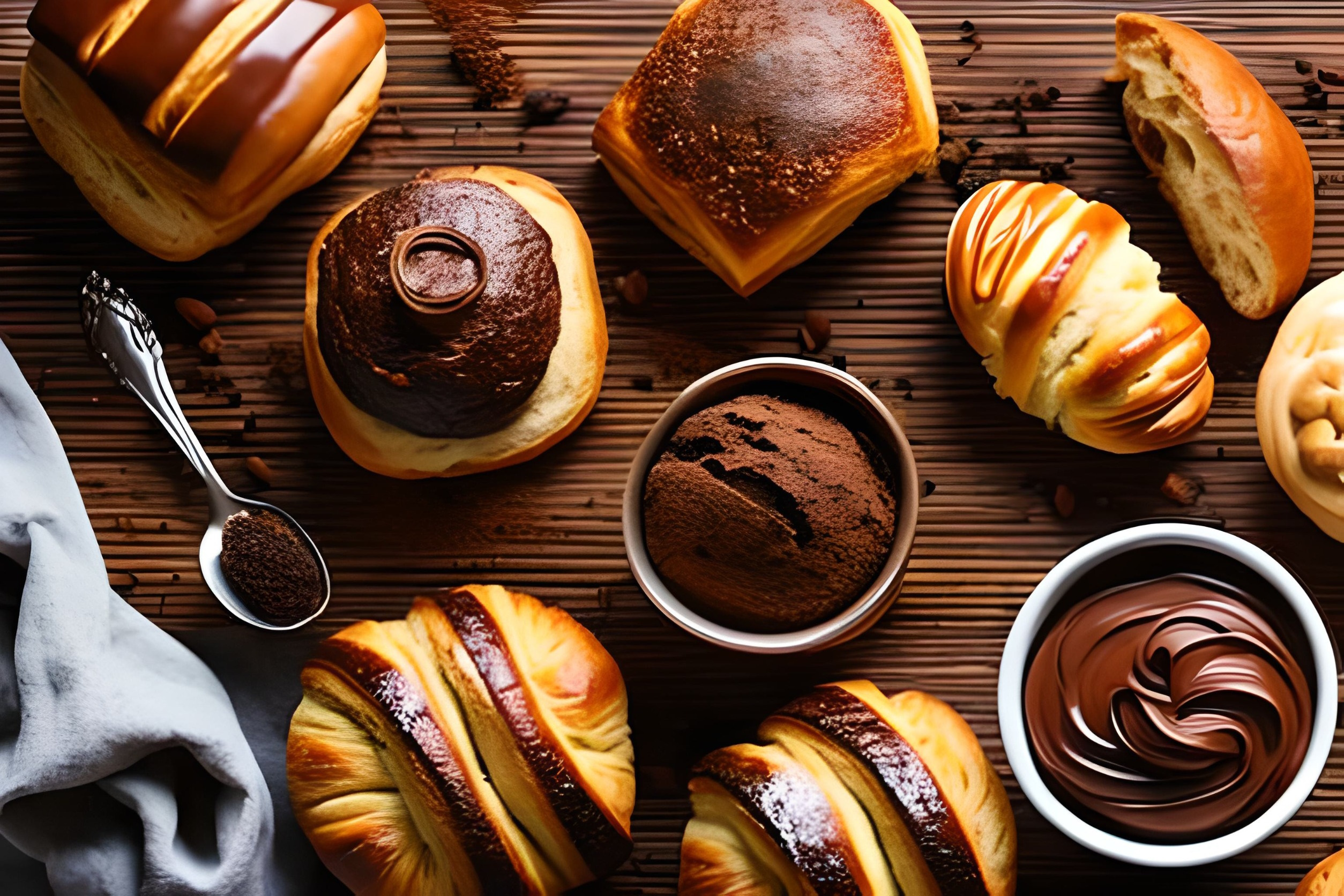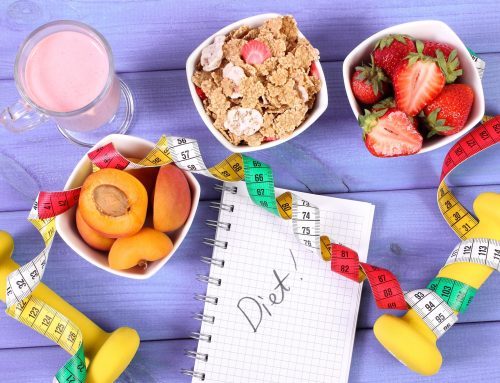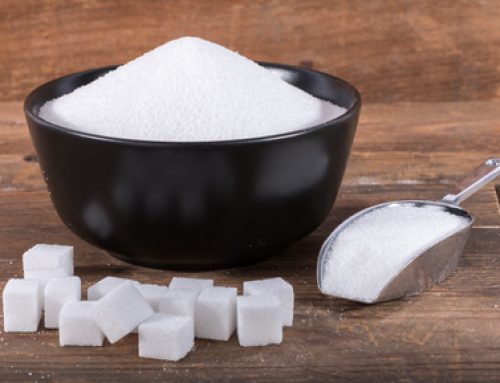Wondering how to stop sugar cravings? Are you hooked on sugar? Here are three surprising ways to break the habit for good.
Looking around the internet, you’ll find most of the advice around how to get rid of sugar cravings centered around avoiding sugar entirely. This is not only impractical, but also ineffective for reducing sugar cravings. If you’re hooked on sugar, here are three ways you may be inadvertently setting yourself up for those cravings, and how to fix them.
How to Stop Sugar Cravings
Here are three of the biggest culprits for why your sweet tooth is raging — and how to stop it.
1. Not getting enough sleep
Several studies, including one published in the Journal of the Academy of Nutrition and Dietetics, have linked lack of sleep with food cravings and weight gain. The reasoning behind this is based in the mechanisms involved in regulating metabolism and appetite.
Sleep is the time when our bodies produce hormones that help control appetite and regulate blood sugar. When you’re sleep deprived, the body will increase its production of a stress hormone called cortisol and insulin, the hormone that regulates glucose processing and promotes fat storage.
“Lack of sleep can fuel sweet cravings by messing with the body’s systems for regulating blood sugar levels,” says Rachael Hartley, a certified intuitive eating counselor and author of the book “Gentle Nutrition.” “Getting less than about seven hours of sleep has been shown to increase insulin resistance and cortisol levels, and can also dysregulate hunger and fullness signals, all of which can set you up for pretty ravenous sweet cravings.”
Have you ever noticed that you’re especially hungry on days you don’t get enough sleep? Many studies, including one published in the Journal of Sleep Research, show that lack of sleep is associated with lower levels of leptin, a hormone that tells the brain it has had enough food, and higher levels of ghrelin, which stimulates appetite.
This stimulation in appetite translates into your brain craving quick energy, like sugar. Simply making sure you are consistently getting enough sleep makes a big difference in sugar cravings.
“We all have occasional bad nights of sleep, and it’s no big deal if eating more sweets the next day is the result,” shares Hartley, “but chronic sleep deprivation can lead to more significant impacts on health.”
2. Eating while distracted
Setting time aside to enjoy your meals without technology distractions will prevent you from mindlessly inhaling your food, and from overeating, too. In a study published in The American Journal of Clinical Nutrition, researchers found that distracted eaters felt significantly less full after lunch than those who ate without distractions. They also ate about twice as many cookies 30 minutes later than those who ate lunch without distractions.
Similarly, a study published in the American Journal of Clinical Nutrition showed that those who work and eat at the same time not only ate faster and couldn’t remember what they ate, but also reported feeling less full than the non-distracted eaters.
3. Not eating enough or waiting too long to eat
If you are under-eating at breakfast or lunch — either not enough calories or a lack of macronutrients — sugar cravings will come on strong in the afternoon and evening. Make sure that both breakfast and lunch include a mix of carbohydrates, protein and fat. Carbohydrates include grains, fruit and starchy vegetables like potatoes. Protein picks are meat, fish, beans and legumes. And for fat, aim for mostly plant-based fats like nuts, seeds and avocado.
If your meals lack this balance of macronutrients, especially protein and fat, it will lead to a blood sugar rush and subsequent crash that will leave you hungry again only a little while later. This is because protein and fat slow down the digestion and absorption of glucose, keeping you full and satisfied longer.
For example, if you’re reaching for a breakfast that contains only carbohydrates — such as oatmeal made with water, or cereal with protein-lacking almond milk — be sure to add some protein, like an egg or yogurt, and some nuts or seeds for fat. Or try a high protein oatmeal variation made with milk and eggs.
Similarly, if you typically have a salad for lunch, add some carbohydrates to it to avoid cravings later in the day. Grain salad bowls made with a whole grain like barley or farro on top of the salad are a great fit here, or add your carbs in the form of crackers or bread on the side. And don’t forget the protein, too, and some fat like avocado or sliced almonds.
If you wait too long before eating, that could be fueling your sweet tooth, as well, shares Kara Lydon, a dietitian, intuitive eating counselor and owner of Kara Lydon Nutrition.
“Having a craving for something sweet when you’ve gone too long without eating makes perfect biological sense. When your blood sugar is low, your brain is wired to seek out quick energy sources — like simple carbs and higher sugar foods — to get that blood sugar back up stat,” Lydon says. “Aim to eat every three to four hours to better manage your blood sugar response so you’re not getting these big spikes and drops.”
The bottom line on how to stop sugar cravings
Getting enough sleep, making sure you are eating a balance of macronutrients throughout the day, not waiting until you are too hungry to eat and minimizing distractions while eating are all simple ways to help tame a raging sweet tooth — no unsustainable restriction required.
Click here to learn more about how to stop sugar cravings.







